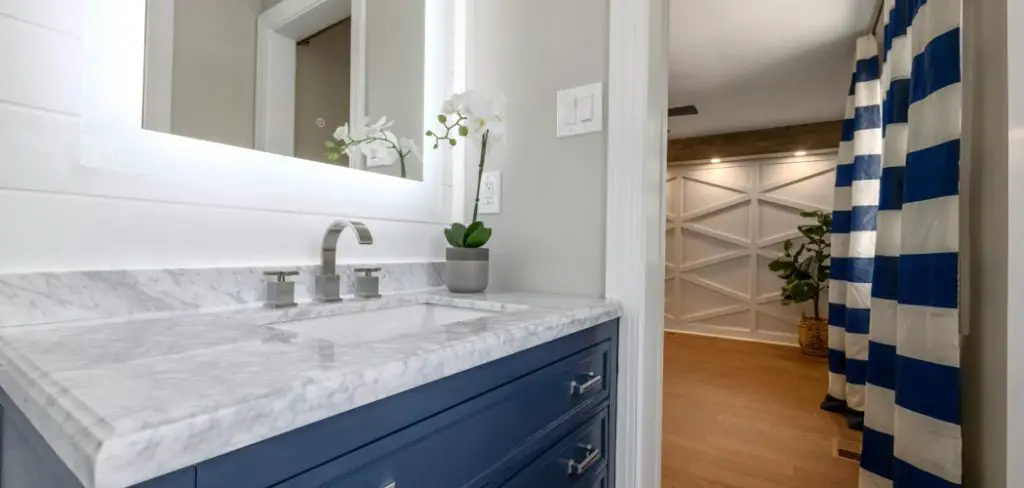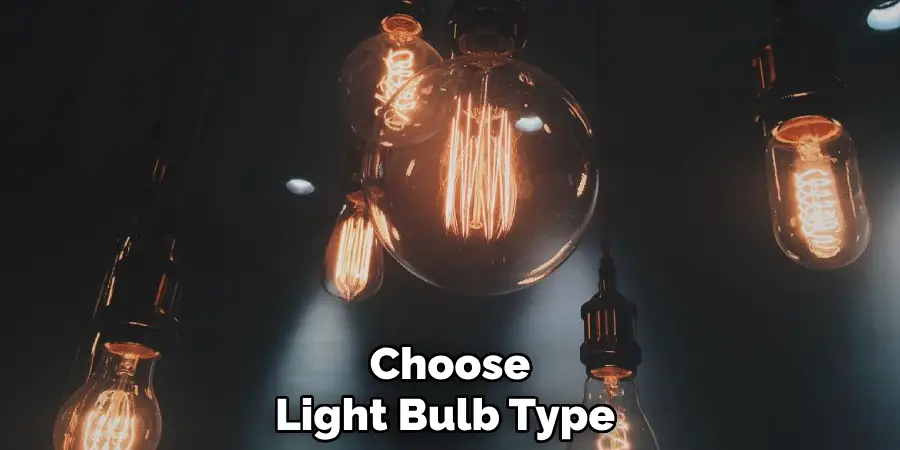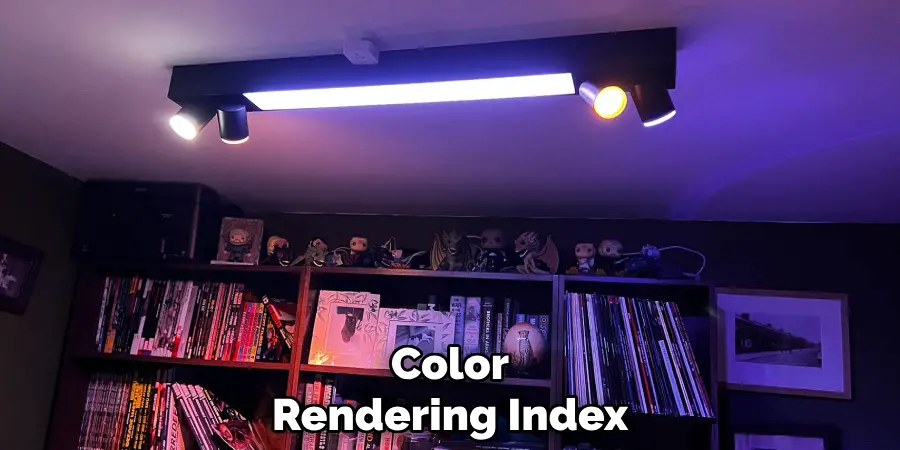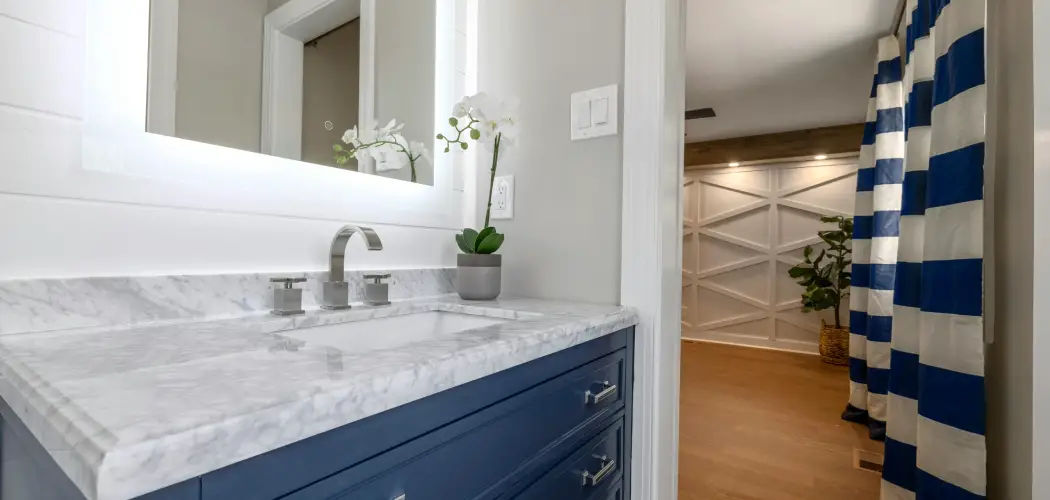Choosing the right vanity lighting is essential for creating a functional and aesthetically pleasing bathroom space. Good lighting can enhance your daily grooming tasks and complement the overall design of the room. With a wide variety of styles, sizes, and types of lighting available, it can be challenging to know where to start. This guide aims to help you understand how to choose vanity lighting to ensure it meets both your practical needs and design preferences.

Why Vanity Lighting Matters
Vanity lighting plays a crucial role in bathroom design for both functional and aesthetic reasons. Proper lighting around the vanity helps eliminate shadows and provides a clear, even illumination that is ideal for tasks such as applying makeup, shaving, or styling hair. It ensures that details are visible and that the colors in the space are accurate, which can be significantly beneficial in getting ready for the day or night.
Moreover, strategically placed vanity lights can enhance the ambiance of the bathroom, highlighting architectural features or creating an inviting atmosphere. They contribute to the overall mood and can either warm up or cool down the space, depending on the type and color of the bulbs used. Therefore, investing time into choosing the right vanity lighting is essential, as it significantly impacts both the functionality and the appearance of your bathroom.
Types of Vanity Lighting
When selecting vanity lighting, it’s important to consider the different types available to find the best fit for your space. The main types include wall sconces, overhead lights, and strip lighting.
Wall Sconces: These are mounted directly on the wall beside or above the mirror, providing focused lighting that helps reduce shadows on the face. Wall sconces come in a variety of styles, ranging from classic to contemporary, making them a versatile option for many bathroom designs.
Overhead Lights: Positioned above the vanity mirror, these lights offer general illumination that can brighten up the entire area. While they provide ample light, it’s crucial to ensure they are installed at the right height and angle to avoid creating shadows or uneven lighting.
Strip Lighting: Also known as vanity bars, strip lighting features a series of light bulbs or LED fixtures aligned across a bar that is typically installed above or flanking the mirror. This type of lighting provides uniform illumination, which is ideal for grooming tasks and can make a statement in terms of style.
Choosing the right type of vanity lighting depends on personal preference, bathroom layout, and the specific tasks the lighting is intended to support. Each type offers different levels of illumination and design aesthetics, allowing you to tailor the lighting to your needs and preferences.

10 Methods How to Choose Vanity Lighting
1. Determine the Size of Your Vanity
The first step in selecting vanity lighting is to consider the size of your vanity. The lighting should be proportional to the size of the vanity mirror and the space. A small vanity can be complemented by a single sconce or a small fixture, while a larger vanity, especially those with double sinks, may require multiple light sources. Measure the width of the vanity mirror to ensure the fixture you choose will appropriately cover the space without overwhelming it. This balance ensures both functional lighting and visual harmony in the bathroom.
2. Consider the Placement of the Lights
Where you place your vanity lighting is critical for proper illumination. The most common placement is above the mirror, which casts light downward and illuminates the face evenly. Alternatively, you can install wall-mounted sconces on either side of the mirror for more balanced lighting that reduces shadows. For larger mirrors or double vanities, multiple lights may be necessary to cover the entire width. Ideally, lights should be positioned at eye level or just above to provide even illumination, avoiding harsh shadows on the face, especially under the eyes or chin.
3. Choose the Right Type of Light Bulb
The type of light bulb you choose for your vanity lighting plays a significant role in both the quality of light and energy efficiency. LED bulbs are a popular option because they are long-lasting, energy-efficient, and available in various color temperatures. Halogen bulbs provide bright, crisp light, which is great for tasks like makeup application but may produce more heat. When choosing the type of bulb, also consider the brightness. Around 75 to 100 watts is recommended for task lighting, while lower wattage can be used for ambient lighting.

4. Opt for the Correct Color Temperature
The color temperature of the light is crucial in vanity lighting, as it affects how natural your reflection looks. Measured in Kelvins (K), color temperature ranges from warm (yellowish) to cool (bluish) tones. For vanity lighting, a color temperature between 3000K and 4000K is ideal, as it provides a neutral white light that mimics daylight. This type of lighting offers the best clarity for grooming tasks, such as shaving or applying makeup, while also creating a welcoming, balanced ambiance in the bathroom. Avoid overly cool or warm lights, as they can distort the way skin tones appear.
5. Consider the Style of Your Bathroom
Vanity lighting should complement the overall style of your bathroom. If you have a modern bathroom with clean lines and minimalistic features, opt for sleek, contemporary fixtures made from materials like chrome, brushed nickel, or glass. For traditional or vintage-inspired bathrooms, ornate fixtures with intricate detailing, such as bronze or brass finishes, can enhance the space. Similarly, industrial or rustic bathrooms might benefit from exposed bulbs or black metal fixtures. Matching the style of the lighting to the overall bathroom design helps create a cohesive, aesthetically pleasing look.
6. Look for Dimmable Lighting Options
Dimmable vanity lights offer flexibility in adjusting the light levels according to your needs. Bright task lighting is essential for activities like applying makeup or shaving, but lower, softer lighting may be preferable for relaxing baths or winding down at night. By installing dimmable fixtures, you can create a versatile lighting environment that caters to different tasks and moods. Make sure to select bulbs and fixtures that are compatible with dimmer switches, and consult with an electrician if necessary to ensure proper installation.
7. Select Fixtures with Good Color Rendering
The Color Rendering Index (CRI) is a measure of how accurately a light source reveals the true colors of objects compared to natural light. For vanity lighting, a CRI of 90 or above is recommended, as it will provide accurate color representation, which is particularly important for tasks like applying makeup or selecting clothing. Lights with a high CRI will make skin tones look more natural and ensure that colors in the bathroom are displayed correctly. Avoid fixtures with a low CRI, as they can make the room feel dull and washed out.

8. Consider Energy Efficiency
When choosing vanity lighting, energy efficiency should be a priority. LED lights are the most energy-efficient option, consuming far less electricity than traditional incandescent or halogen bulbs while offering the same level of brightness. They also have a much longer lifespan, reducing the need for frequent replacements. Additionally, many LED fixtures are available with integrated technology, meaning you won’t have to worry about changing bulbs. Selecting energy-efficient lighting not only reduces your environmental footprint but also lowers your utility bills over time.
9. Choose the Right Fixture Finish
The finish of your vanity light fixture can significantly impact the look and feel of your bathroom. The finish should complement other elements in the room, such as faucets, cabinet hardware, and towel bars. For example, if your bathroom features brushed nickel faucets, you might want to choose vanity lights with a matching brushed nickel finish to create a cohesive look.
Matte black finishes offer a bold, modern contrast, while chrome or polished finishes provide a sleek, reflective surface that enhances the brightness of the space. The finish you choose should blend seamlessly with your overall design while adding to the room’s visual appeal.
10. Think About the Fixture’s Maintenance and Durability
Vanity lights are exposed to moisture, steam, and heat in the bathroom, so it’s important to choose fixtures that are durable and easy to maintain. Look for materials that are resistant to corrosion, such as stainless steel or coated metals. Additionally, consider the ease of cleaning the fixtures. Glass shades can accumulate dust and moisture over time, so choose designs that are easy to wipe down or disassemble for cleaning. Ensuring that your lighting fixtures are both durable and easy to maintain will help them look great and function properly for years to come.

Conclusion
Properly chosen vanity lighting can transform a bathroom, enhancing both functionality and aesthetics. By considering factors such as bulb type, color temperature, style compatibility, dimmability, color rendering, energy efficiency, finish, and durability, you can create a lighting setup that is both practical and visually pleasing. Thanks for reading, and we hope this has given you some inspiration on how to choose vanity lighting!

